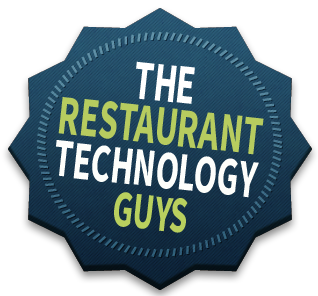 Restaurant operators know that controlling labor spending is vital to maintaining profitability. High turnover rates, government regulations and growing labor costs make it more important than ever to effectively manage these outlays.
Restaurant operators know that controlling labor spending is vital to maintaining profitability. High turnover rates, government regulations and growing labor costs make it more important than ever to effectively manage these outlays.
Improving the usage and efficiency of your restaurant’s labor force is a lot easier with the right system for labor management. If you are ready to upgrade your labor management system, the Restaurant Technology Guys have a list of five elements to look for while you shop around.
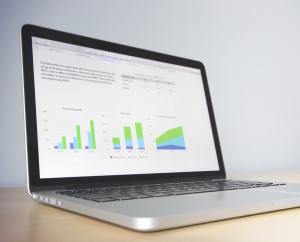 There isn’t much use in upgrading your labor management system if it doesn’t improve upon your previous program. The right system for your restaurant should include features like:
There isn’t much use in upgrading your labor management system if it doesn’t improve upon your previous program. The right system for your restaurant should include features like:
If your current system lacks any of these features – which is only a partial list of the benefits available from newer labor management programs – an upgrade could save you from hours of future headaches while you manage your staff’s hours.
Your new labor management system should do more than an older program – but it should also make it easier to complete tasks as well.
By incorporating sales data and historical information into your scheduling, you’ll be able to anticipate labor needs and schedule more efficiently.
The POSitouch system from CBS Northstar, for example, offers two different methods for scheduling employees based on restaurant data. The first is a budget-based scheduler, which relies on labor cost dollar and percentage targets to identify labor needs. The second, a forecast-based scheduler, uses historical data and staffing guides to develop scheduling targets. Both formats are graphical and use techniques like drag-and-drop to simplify the process.
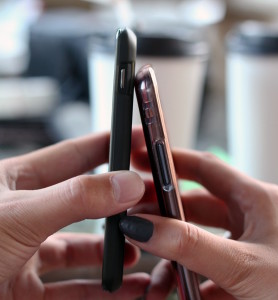 Making a schedule for your staff shouldn’t require hours at an outdated computer in a cramped back office. Among the benefits of cloud-based restaurant management solutions is the ability to access your POS system from any Internet-equipped device, including smartphones, tablets, and laptops.
Making a schedule for your staff shouldn’t require hours at an outdated computer in a cramped back office. Among the benefits of cloud-based restaurant management solutions is the ability to access your POS system from any Internet-equipped device, including smartphones, tablets, and laptops.
Moving your labor management system to the cloud will also make it easier for employees to trade shifts – they can see the schedule from their own devices and communicate with co-workers to adjust their schedules.
The tracking data available in your updated labor management program can also help you prevent hours overages among your team. Real-time monitoring of employee hours will allow you to make sure that workers are not surpassing 30 hours a week, which would qualify them as full-time staff who are eligible for health care benefits.
Labor tracking information also helps reduce overtime. You can set up notifications that will alert you to workers who are close to exceeding their hours limit, which helps managers cut hours during slower periods earlier in the week.
 Cloud-based operations programs, including Software as a Service (SaaS) systems, are designed to protect your information with high-level encryption. Unlike on-site computers in a traditional POS system, which save complete payment and customer data and can be breached by hackers, cloud-based systems don’t require credit card data storage.
Cloud-based operations programs, including Software as a Service (SaaS) systems, are designed to protect your information with high-level encryption. Unlike on-site computers in a traditional POS system, which save complete payment and customer data and can be breached by hackers, cloud-based systems don’t require credit card data storage.
And speaking of storage: on-premise computers are eventually limited by a finite amount of storage space. Restaurant managers will eventually have to offload data to a backup hard drive to keep operations running at full capacity.
In contrast, SaaS systems that operate “in the cloud” have access to unlimited storage capacity. Also, moving your data to the cloud will protect you in the event of an accident or emergency that damages your on-site hardware.
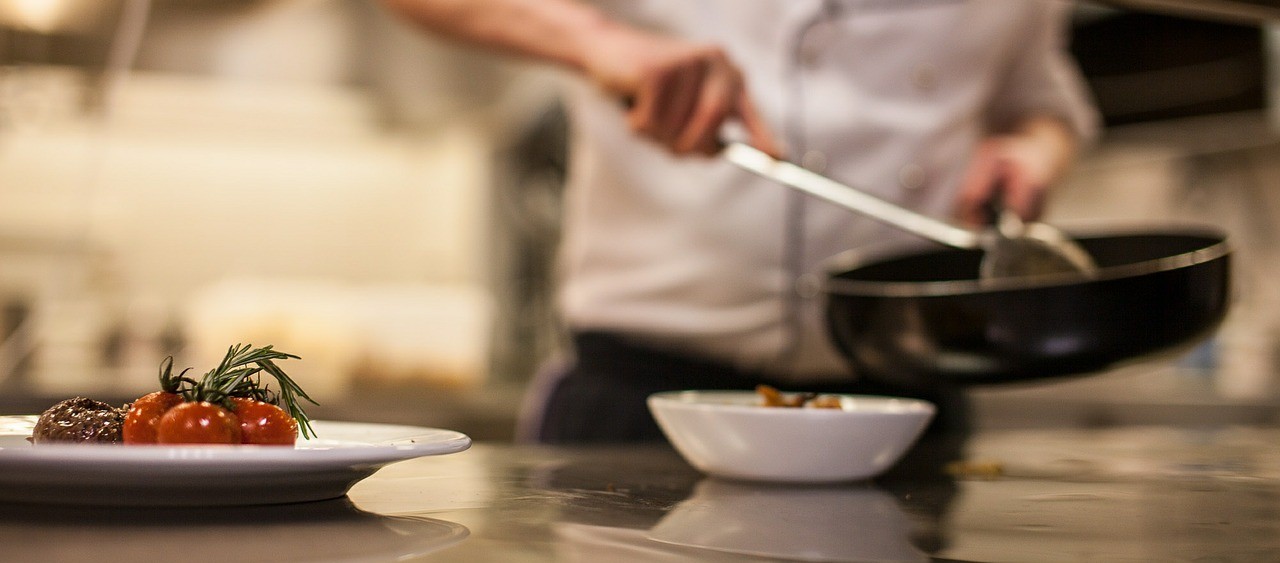 Software as a Service (SaaS) programs are downloaded like any other mobile or tablet application over the internet and licensed to restaurants on a subscription basis. Unlike on-premise software, which is traditionally installed and maintained on an on-site computer, SaaS point of sale systems (POS) are leased to customers.
Software as a Service (SaaS) programs are downloaded like any other mobile or tablet application over the internet and licensed to restaurants on a subscription basis. Unlike on-premise software, which is traditionally installed and maintained on an on-site computer, SaaS point of sale systems (POS) are leased to customers.
According to Forbes, SaaS technology will replace infrastructure- and platform-based services as the dominant computing solution for businesses by 2018. But in spite of this growth, SaaS still feels new to many restaurant and business owners. As cloud-based systems like SaaS become more common, restaurateurs are finding out that these solutions provide more benefits than their outdated POS predecessors.
Traditional POS requires restaurants to invest in computer hardware and software that can cost tens of thousands of dollars. And the process doesn’t end there – an IT professional will have to set up the hardware, as well as the server to run it, before installing the software and training your team to use it. Maintaining and upgrading the system with new features will also incur additional costs.
In contrast, SaaS users pay a monthly or annual subscription fee to use the program of their choice, which is typically designed for consumer-grade Android or iPad tablets. Purchasing tablets for your restaurant can be a significant investment, but it is far more cost-effective in comparison to traditional POS. Startup costs for a cloud POS system only consist of the tablet hardware (roughly $1,000 – $3,000) and initial subscription fee ($50-$150 per month), notably less than the tens of thousands necessary for on-premise POS.
Most restaurant owners are familiar with the high costs and frustrations of upgrading and maintaining a traditional POS system. Vendors often give discounts on the initial costs to secure a long-term commitment that will pay off in future charges.
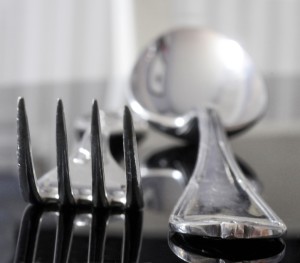 Restaurant owners with an SaaS subscription don’t have this problem. If they become unhappy with their POS, they can cancel their subscription at any time without losing their investment. The threat of cancelation, combined with the competitive market among SaaS providers, leads to better customer service, as the vendor has to continue to earn their customers’ business. To that end, SaaS providers are constantly troubleshooting, releasing updates that improve their POS, and providing active customers.
Restaurant owners with an SaaS subscription don’t have this problem. If they become unhappy with their POS, they can cancel their subscription at any time without losing their investment. The threat of cancelation, combined with the competitive market among SaaS providers, leads to better customer service, as the vendor has to continue to earn their customers’ business. To that end, SaaS providers are constantly troubleshooting, releasing updates that improve their POS, and providing active customers.
Installing an SaaS POS is much easier than setting up a traditional system. Most providers will come to your location to make sure that the system gets up and running properly and that you know how to use it, but the software will not need to be installed by an IT person.
The complexity of your restaurant’s setup will vary depending on the type of system and functionality you need. There will be some wiring and general networking necessary to connect your terminals, printers, and additional equipment, but once the network is configured correctly, you will be able to download the software to all of the restaurant’s connected devices from the internet.
Instead of physically sitting at the computer in the restaurant to see your data, cloud POS systems allow restaurateurs to access all of their POS system information remotely. Users are not trapped at an on-site computer because SaaS POS software is accessible online.
Through SaaS, users can log in to their accounts from anywhere, through any device with internet access, and connect with their data in real time. This flexibility is not available through traditional POS and is a huge help to owners and operators who are constantly on the go.
 Traditional POS requires an expensive IT professional to maintain and troubleshoot systems on site. In addition to the cost, restaurants with outdated POS systems might not be able to function until the IT person arrives to fix a particular problem. This hampering of restaurant operations can be terrible for a guest’s experience.
Traditional POS requires an expensive IT professional to maintain and troubleshoot systems on site. In addition to the cost, restaurants with outdated POS systems might not be able to function until the IT person arrives to fix a particular problem. This hampering of restaurant operations can be terrible for a guest’s experience.
SaaS technical support has the same remote access that users have, which removes the need for on-premise fixes and allows for more timely assistance. Depending on their needs, restaurant managers or employees can call a support line and walk their technician through the problem over the phone as they fix it.
The “service” aspect of SaaS – in contrast to the “product” model of traditional POS – means that cloud-based vendors are constantly troubleshooting and updating their software to fix problems and improve functionality.
SaaS system updates can be added to all internet-connected tablets and terminals without waiting for an IT professional to install upgrades in person. These updates – which are typically included in the monthly subscriptions for the POS – allow restaurateurs to improve their software without interrupting their capacity to serve guests.
On-premise computers store all of the data in traditional POS system, which can include complete and unencrypted credit card and customer data that is vulnerable to hackers. Also, on site servers are limited by their storage capacity, so customer information will eventually be removed from the hard drive to create more space.
Since SaaS systems rely on cloud-based servers, they offer an unlimited amount of storage space. Also, most cloud-based POS systems have high-level encryption processes that do not require credit card data to be saved in the system. Finally, restaurants using SaaS will not lose information when their system crashes since no data is stored on an on-premise computer.
Cloud-based POS, unlike on-premise systems, are designed to be responsive to changing circumstances. Adjusting your table layout or adding new menu items takes moments, not hours, and changes sync to all connected devices instantly.
When a traditional POS crashes, repairs can be delayed for days while you wait for an IT professional to show up. If a tablet breaks or new devices need to be added to a cloud-based system, you can download an SaaS application in seconds and start using it right away.
Many restaurateurs are struggling with the transition away from traditional POS, in spite of the benefits and savings offered by SaaS systems. But as these modern applications continue to become more common throughout the industry, operators will continue to realize that switching is a smarter and more efficient alternative to many of the frustrations they have lived through with their traditional restaurant operating systems.
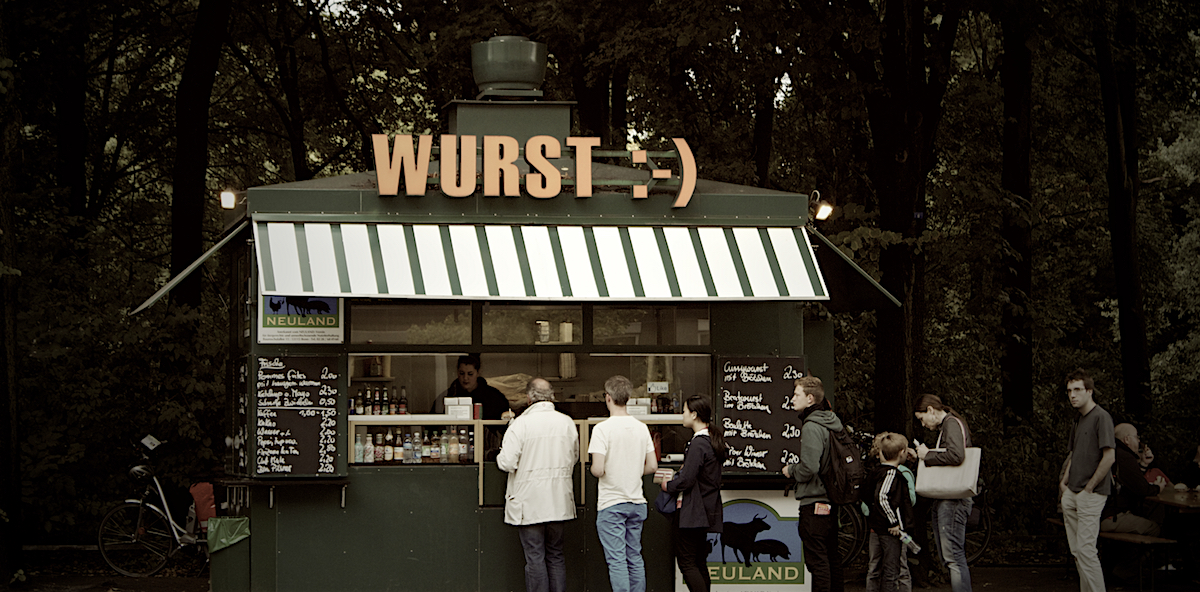 The role of Information Technology continues to expand in the restaurant industry. The ability to increase productivity, monitor and analyze data, and effectively manage operations has grown in tandem with the programs that are used to operate restaurants.
The role of Information Technology continues to expand in the restaurant industry. The ability to increase productivity, monitor and analyze data, and effectively manage operations has grown in tandem with the programs that are used to operate restaurants.
As the general public’s use for technology has spread, technology has adapted to the public’s tastes, designing and developing applications that are meant to be intuitive and easy to use. This “consumerized” technology has many notable benefits, which can make it easy to ignore their flaws.
Gartner’s IT Glossary defines the consumerization of technology like this:
“Consumerization is the specific impact that consumer-originated technologies can have on enterprises. It reflects how enterprises will be affected by, and can take advantage of, new technologies and models that originate and develop in the consumer space, rather than in the enterprise IT sector. Consumerization is not a strategy or something to be ‘adopted.’ Consumerization can be embraced and it must be dealt with, but it cannot be stopped.”
“Consumer-oriented technologies” refers to the surge of personal digital devices like smartphones and tablets in everyday life. This technology has expanded consumer power and raised their expectations for response, convenience, consistency, and customization.
In the restaurant, consumerization has contributed to the growth of Bring Your Own Device (BYOD) policies, which allow servers and staff to use their personal smartphones or tablets for on-the-job tasks like order entry. Restaurateurs should be aware of the drawbacks of these policies, and consumerized technology in general, before embracing it in their businesses.
Consumerization is one trait of our increased reliance on technology. For the restaurant industry, technological growth also includes Software as a Service (SaaS) and cloud-based computing for POS systems.
This expansion of technology has made securing data an ongoing challenge. While data breaches at large corporations like Home Depot and Target generate headlines, policies like BYOD are also at the forefront of this security issue. Allowing employees to access your restaurant’s operating systems through their own devices can make your data vulnerable to hackers.
Restaurants or franchises considering a BYOD policy will need to address the inherent security issues created by allowing employees to log on to your systems from their own (potentially unsecured) digital devices.
Expanding your restaurant’s technological capabilities can extend beyond the four walls of your building. Establishing your presence online through a responsive website, ordering app, and social media channels can build your brand and lead to increased sales and traffic.
 Joining the world of social networks – especially crowdsourced review sites like Yelp – can be as harmful as it is helpful. Too many negative reviews from customers, even if they are baseless or outright lies, can hurt your restaurant’s reputation and keep people away as much as good reviews bring them in.
Joining the world of social networks – especially crowdsourced review sites like Yelp – can be as harmful as it is helpful. Too many negative reviews from customers, even if they are baseless or outright lies, can hurt your restaurant’s reputation and keep people away as much as good reviews bring them in.
Forty-three percent of restaurants surveyed by Tundra Specialties, a restaurant equipment and supplies distributor, said that Yelp poses a problem for their business “because it basically gives customers carte blanche to say whatever they want about a restaurant. A lot of the reviews can be very damaging,” Daily Deal Media reports.
The same survey found that 41% of respondents consider Groupon to be most detrimental among restaurant-related apps because the deep discounts that “stingy customers” capitalize on through Groupon offers does not lead to increased business.
Restaurant owners and managers can respond to negative reviews on sites like Yelp through the site’s public comment forum, but responding quickly to an unhappy customer requires constantly monitoring your Yelp page – as well as your other social media sites.
Implementing consumerized technology in your restaurant requires significant upfront costs. A BYOD policy will mean outfitting your restaurant with a wireless network, improving data security and addressing device usage costs. If you would prefer to own all of the devices in your restaurant, the cost of tablets – and any proprietary menu or ordering applications to go with them – will be an issue. And this doesn’t address the cost of a new POS or other hardware upgrades.
Of course, investing in your restaurant’s operations and infrastructure will always have a cost. But you’ll also have to invest in staff and manager training, and the monthly usage and support costs necessary for a cloud-based POS or Software as a Service.
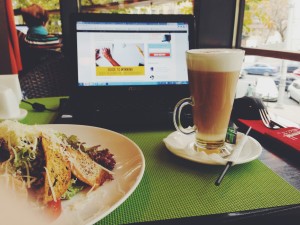 4) Overreliance on Technology
4) Overreliance on TechnologyWhile many restaurants are using consumerized technology to make communication easier and employees more productive, relying too much on these systems can become a liability.
Tech-based problems can range from a data breach, to a glitchy system that constantly requires rebooting, to a “dead” corner of your restaurant that isn’t reached by your wireless network.
You can prepare your restaurant and your team for any potential breakdowns in the system by creating a plan for operating without your digital devices. Writing orders down on a pad of paper and manually swiping credit cards may seem passé for a team used to instant communication via tablets and smartphones, but the ability to keep your restaurant open in spite of technical problems may prove to be invaluable.
This effect of consumerized technology is closely related to the overreliance discussed above. Restaurants that are quick to jump on the emerging technology train – such as those racing to put new tablets at guest tables, in the hands of servers, at the front desk and in the kitchen – need to ensure that their customers are still getting the person-to-person contact that can make a meal memorable.
Ideally, these new tech-based avenues will be used to supplement high-quality customer service, not replace it. Managers and staff need to make a concerted effort to continue providing the attention that guests expect when they visit your restaurant. Your patrons will only appreciate the cutting-edge innovations if they leave satisfied with their overall experience.
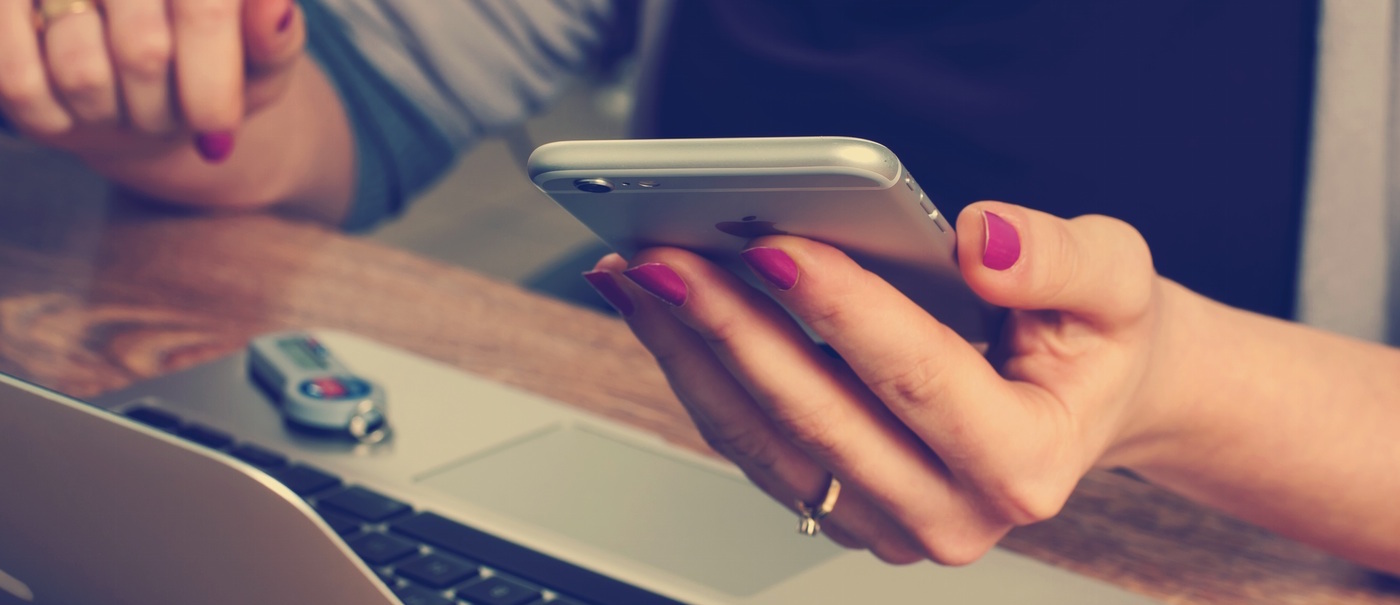 For most restaurant managers, smartphones have become a scourge. Seeing an employee checking her phone usually means that somewhere in the restaurant, work isn’t getting done.
For most restaurant managers, smartphones have become a scourge. Seeing an employee checking her phone usually means that somewhere in the restaurant, work isn’t getting done.
As these devices – and restaurant operating systems – have evolved, their place in the restaurant has changed. In addition to online ordering and other customer-centric uses for smartphones, servers can use their handheld devices to send orders directly to the kitchen.
Restaurateurs that don’t want to buy tablets for every member of the wait staff have a new, less costly option: a Bring Your Own Device (BYOD) policy that allows team members to connect directly with the restaurant’s POS over a wireless network. This system can improve productivity and give your business a jump on the competition, but what is the best way to go about it? And what are the drawbacks?
Simply put, BYOD means that you allow or even require your employees to use their personal digital devices (smartphones, tablets, and laptops) as a part of their workflow. Further, those devices will have access to privileged company data and applications.
Turning smartphones into work device at your restaurant might seem like a concession to bad employee habits, but many BYOD benefits occur at the managerial level. First, incorporating smartphones makes communication with hourly and salaried staffers more efficient and effective. Easily accessible information also makes it easier for employees to engage and take ownership of their responsibilities.
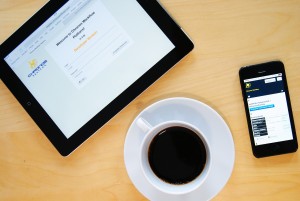 Additional benefits of BYOD include:
Additional benefits of BYOD include:Setting up a BYOD system will require some effort, and (most likely) the assistance of either your IT department or a third-party developer. Logging in to a proprietary system will also require issuing usernames or company email addresses to each employee.
“Restaurant businesses have many cross functional systems to keep our organization humming. Many of these systems cater only to employees who have corporate email addresses,” Texas Roadhouse Communications Director Dave Dodson told Hospitality Technology. “BYOD allows us to extend the reach of many of these systems and creates efficiencies throughout our whole system, from HR to store support, to marketing, to training, crisis management and so on. “
Unfortunately, allowing employees to access your restaurant’s POS and other systems through their own devices can make your data vulnerable to hackers. Marble Security offers 10 tactics that crooks can use to get to your information:
 Advanced Persistent Threats: APTs are criminals that actively seek out access to commercial and corporate networks. An example: cyber criminals send phony emails from your human resources department that inform employees about job openings. If an employee downloads an infected message attachment, hackers can infiltrate the network.
Advanced Persistent Threats: APTs are criminals that actively seek out access to commercial and corporate networks. An example: cyber criminals send phony emails from your human resources department that inform employees about job openings. If an employee downloads an infected message attachment, hackers can infiltrate the network.The most important thing to address in a BYOD policy is the need for security. Like shopping and banking online, mobile technology is only as secure as the people who use it.
Restaurants can choose between three options to prevent security breaches in a BYOD environment. Marble Security breaks down each method and what they provide:
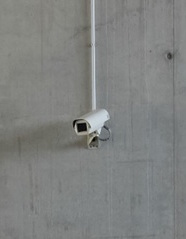 Mobile Device Management (MDM): MDM protects data loss from lost or stolen smartphones and tablets. It also helps businesses comply with security and privacy regulations. MDM is a minimal level of security, however, that doesn’t secure networks, mobile devices, apps, and operating systems against complex or dynamic attacks.
Mobile Device Management (MDM): MDM protects data loss from lost or stolen smartphones and tablets. It also helps businesses comply with security and privacy regulations. MDM is a minimal level of security, however, that doesn’t secure networks, mobile devices, apps, and operating systems against complex or dynamic attacks.Before implementing a BYOD system, also consider who is paying for device usage. Hospitality Technology recommends preparing answers to the following questions:
Establishing security measures and putting a clear usage policy in place will go a long way toward making your BYOD program a success.
Are you adding a BYOD policy to your restaurant? Let us know in the comments below.
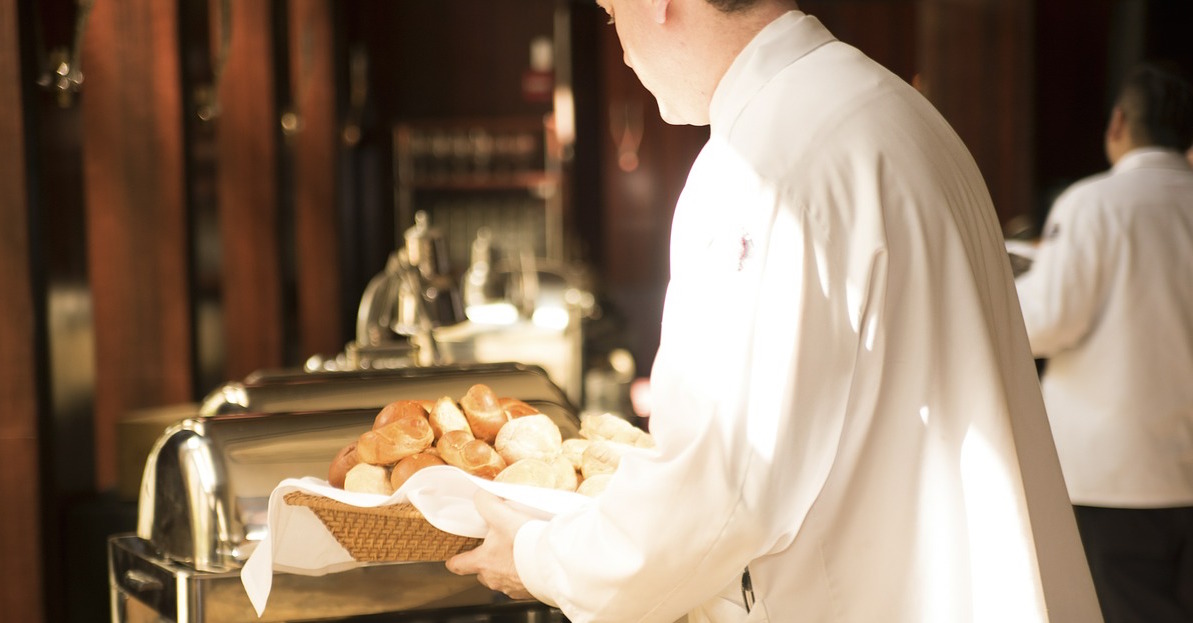 Minimum wage increases are all the rage today in places like Seattle and Los Angeles, where local governments are phasing in a $15-an-hour minimum for labor over the next few years. While some can look forward to a slightly bigger paycheck, restaurant owners and employees alike are concerned about what these increases will do to their industry.
Minimum wage increases are all the rage today in places like Seattle and Los Angeles, where local governments are phasing in a $15-an-hour minimum for labor over the next few years. While some can look forward to a slightly bigger paycheck, restaurant owners and employees alike are concerned about what these increases will do to their industry.
In June, the Wall Street Journal estimated that profit margins for restaurants in cities or states with rising minimum wages could shrink by one to four percentage points, based on a study by Moody’s Investors Service.
Now, minimum wage staff typically don’t make up most of a restaurant’s team. So why the lost profits? Moody’s says that employers will probably introduce across-the-board raises to keep veteran workers happy and maintain the salary gap between experienced and entry-level employees. This could end up being the biggest cost of a minimum wage increase.
“Casual dining chains such as Olive Garden or Applebee’s, which provide table service, are likely to feel the biggest impact because they generally require more servers than fast-food restaurants. For casual dining companies with 20% of their labor pool affected by the minimum wage, for example, Moody’s said operating margins could narrow by 2.3 percentage points, to an average of 9.7% from 12%, if the [federal] minimum wage rose to $10.10…
“The restaurant industry is already struggling with soft sales as consumers choose to eat at home, so restaurants risk losing more customers if they raise menu prices too much in an effort to offset higher labor costs.”
Moody’s analysis was based on President Obama’s proposal to raise the federal minimum wage to from $7.25 to $10.10 per hour, which failed to pass Congress. If more local governments follow Los Angeles and Seattle’s lead, however, restaurant companies could face even larger declines in profit.
Whatever your opinion is on the minimum wage (and we’re sure you have one), lawmakers are expected to continue pushing for increases. To preserve the bottom line, restaurateurs will either raise prices for customers or find ways to make their operations more efficient, if not both.
While we can’t tell you what the price du jour should be for your soup du jour, the Restaurant Technology Guys know a thing or two about making restaurants more efficient. These tips and “hacks” can provide a little more breathing room for your restaurant’s profit margins.
Upgrading your restaurant with interactive tabletop menus or a mobile ordering system can work wonders, and not just because customers typically order more when given digital opportunities to do so. Linking each table directly to the kitchen via app-based orders also reduces the workload for servers, who can focus on improving customer experience and other tasks.
The initial cost might be intimidating, but by adding these improvements now, you’ll be able to move your restaurant toward more efficient operations, including quicker turnover times and a better customer experience. Also, you’ll have a head start when your competition eventually does the same.
Software based labor management programs like HotSchedules and POSitouch help restaurants manage employee hours by staffing based on budgets and historical data for a particular day and time, and by making it easy to trade shifts.
The software also monitors hours to keep part-time employees under 30 hours a week, so your restaurant doesn’t violate rules that would classify those workers as full-time and eligible for health benefits.
Innovations like a cloud-based POS, real-time labor reporting and analysis, and enhanced video systems can also help managers operate more efficiently. Restaurateurs in areas affected by minimum wage increases can also use these programs to prepare and model operations in the future.
That’s the simple yet profound concept behind the process known as tokenization.
If you haven’t considered credit card tokenization for your restaurant, you are missing out on one of the most effective and affordable ways to protect yourself and your customers.
More technology? You might be thinking that’s the last thing you need to deal with. But you’re already doing electronic payments, so adding credit card tokenization functionality won’t complicate matters – it will make them much simpler and more secure.
More secure = less theft = happy customers = you sleep better at night.
Tokenization is the process of creating a string of random characters, called a token or alias, to substitute for real data – which in most cases is the customer’s credit card number.
When the customer swipes his or her credit card at your establishment, the credit card number is authorized and sent immediately into a centralized and highly secure vault. There it is stored by the payment processor, rendering it virtually irretrievable. (Don’t worry, this requires no additional equipment in your store.) An index in the vault creates a permanent connection between the credit card number and the new token.
Once the credit card number is tokenized, it returns immediately to your point-of-sale (POS) system for use in place of the actual credit card number. In most cases the last four digits of the card number will correspond to the last four digits of the token, so neither you nor the customer will notice a difference on the receipt. It will appear like this:
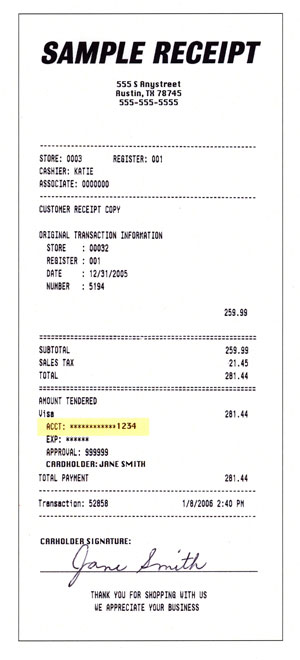
Note: Tokenization is not the same as encryption. Encryption involves a mathematical process that renders the credit card number unreadable. Though it is secure, if a hacker has the proper algorithm, the number can be decrypted.
On the contrary, with tokenization, once a credit card number is in the vault, there is no key or mathematical formula to restore the number back to its original form. The only way to retrieve the information is to access the vault, which is virtually impossible to do.
There are a number of benefits to credit card tokenization, including the following: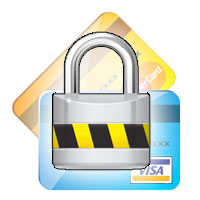
Tokenization is a sure fire way to protect your customers’ credit card information. This includes not only outside hackers, but also staff members who might be ethically challenged.
When your customers’ data is protected, your brand and, consequently your reputation, are protected. You can rest easy knowing you won’t have a security breach scandal on your hands anytime soon.
(Incidentally, if you don’t have tokenization capabilities, here’s what to do in the event your system is breached.)
Tokens cannot be monetized if they are exposed or stolen, so your restaurant can share tokens across multiple applications and even with external partners, franchisees, or service providers without fear of a security breach.
Our friends at Mercury® had this to say. We couldn’t have worded it any better ourselves:
Every merchant who accepts credit cards as a form of payment must adhere to the PCI-DSS (Payment Card Industry Data Security Standards) for the safe handling of payment card data…While there are compliance assistance solutions available on the market that help business owners meet their PCI-DSS requirements, using tokenization is one of the most effective ways to reduce the number of steps it takes to achieve compliance.
With tokenization, your POS system does not store actual card-specific payment data, enabling you to maintain PCI-DSS compliance much more easily.
Tokenization can be directly built into your integrated POS system (such as POSitouch) and tokens can be stored securely for future use.
Because tokens are stored securely in your POS system, you are able to use the data to build customer loyalty programs or create innovative marketing campaigns based upon the buying history of each customer, without the need for phone numbers or sign-ups.
